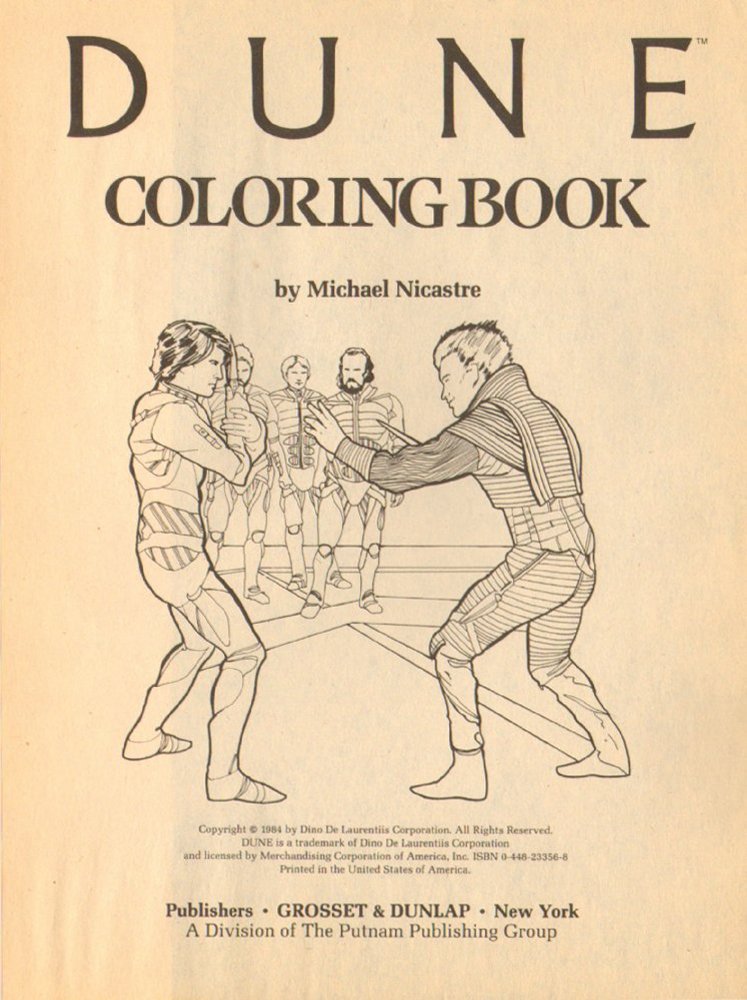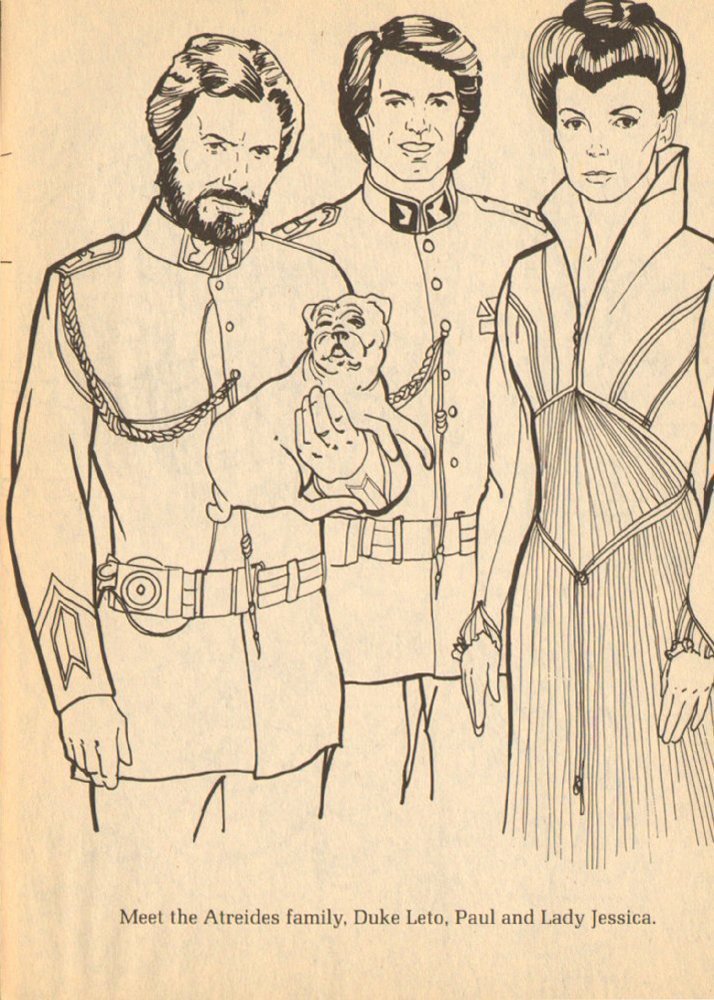Entertainment first, and art second? Hasn’t that always been the American way when it comes to film? And is that how the rest of the world sees it, especially considering France’s love of Jerry Lewis, Germany’s obsession with David Hasselhoff, and China taking Nicholas Cage’s career choices more seriously than he does himself?
In this list of The 100 Greatest American Films, the BBC polled 62 international film critics to see what they thought were the United States’ enduring contributions to cinema culture. The films only needed to be funded by American companies—the directors could be from other countries. (If not, about a third of these choices would be disqualified. Five are by Hitchcock alone.)
As for other favorite directors, Spielberg gets five (although the highest entry, Jaws, comes in at 38) and Billy Wilder gets five, with The Apartment the highest ranked at 24. The most popular decade for film is the 1970s, the top two being Coppola’s first two Godfather films. (It would be interesting to know the median age of these 62 critics, just to see if their formative years align with the decade.)
Of the 100, here’s the Top 10:
10. The Godfather Part II (Francis Ford Coppola, 1974)
9. Casablanca (Michael Curtiz, 1942)
8. Psycho (Alfred Hitchcock, 1960)
7. Singin’ in the Rain (Stanley Donen and Gene Kelly, 1952)
6. Sunrise (F.W. Murnau, 1927)
5. The Searchers (John Ford, 1956)
4. 2001: A Space Odyssey (Stanley Kubrick, 1968)
3. Vertigo (Alfred Hitchcock, 1958)
2. The Godfather (Francis Ford Coppola, 1972)
1. Citizen Kane (Orson Welles, 1941)
Comparing this list to BFI’s 2012 list of the Top 100 films of all time, there isn’t much difference in the top spots. And, in the years to come, I suspect those top four films will switch places occasionally but never really leave.
Instead, the surprises come further down the list. Gone with the Wind used to be considered a classic, no doubt bolstered by its box office success at the time. But its politics have weakened its position, and, along with Birth of a Nation, it might not last another decade on such lists. On the flip side, black filmmakers have four films on the list and women directors only one (Meshes of the Afternoon one of the best experimental films of all time).
Other interesting choices include The Lion King (the only animated film on the list), Sternberg’s The Shanghai Gesture, and Minnelli’s The Band Wagon (one of two musicals by the director on the list). What films would you like to see added or taken away? Is this a fair assessment of America’s worth? Let us know in the comments.
Above, you can watch a somewhat idiosyncratic presentations of the films on the BBC list.
Related Content:
The 100 Funniest Films of All Time, According to 253 Film Critics from 52 Countries
The 10 Greatest Films of All Time According to 358 Filmmakers
The 10 Greatest Films of All Time According to 846 Film Critics
Ted Mills is a freelance writer on the arts who currently hosts the FunkZone Podcast. You can also follow him on Twitter at @tedmills, read his other arts writing at tedmills.com and/or watch his films here.






